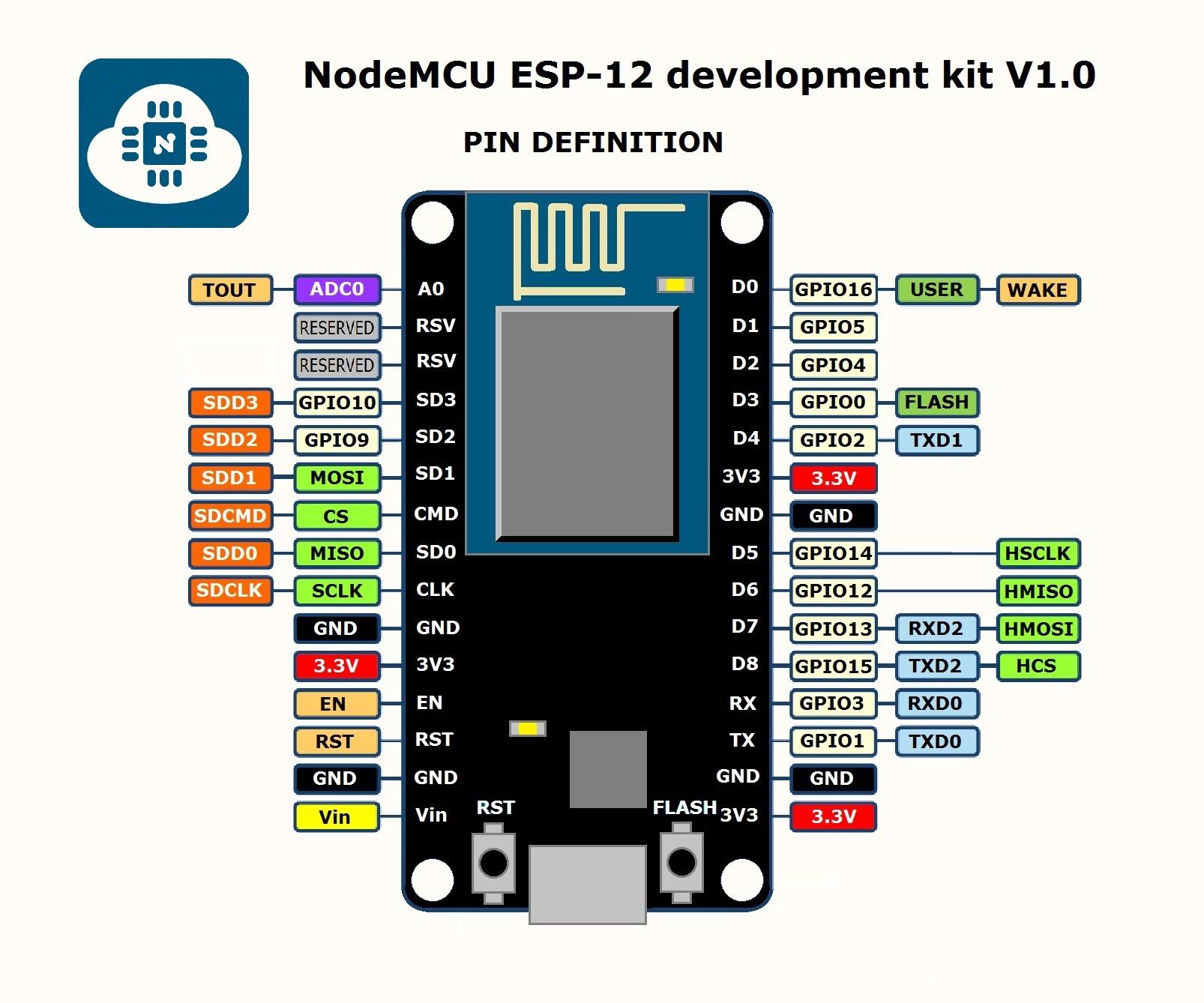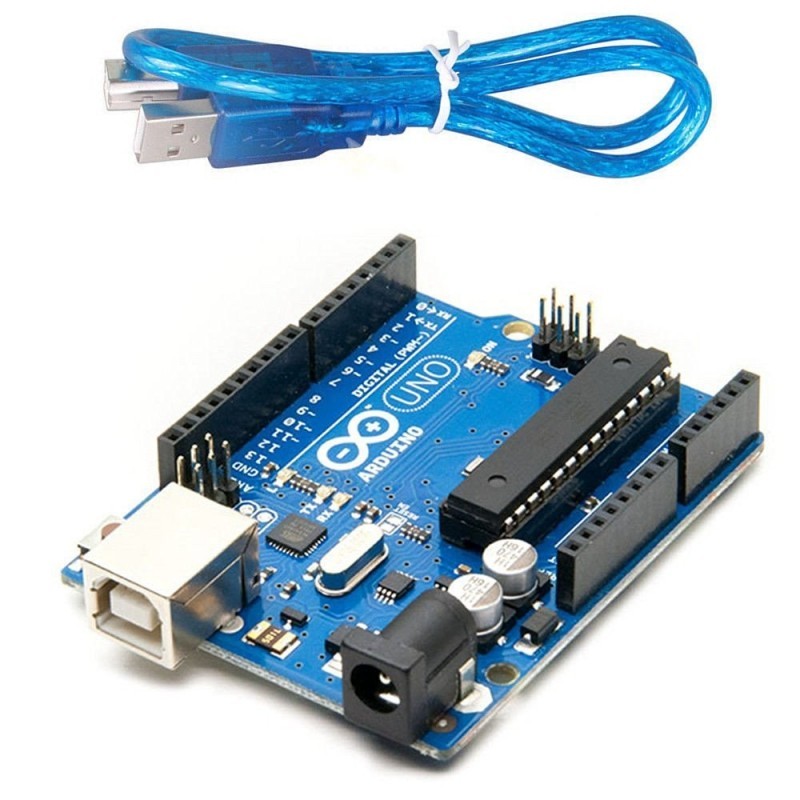
- #Esp8266 firmware what to use with arduino ide install#
- #Esp8266 firmware what to use with arduino ide code#
- #Esp8266 firmware what to use with arduino ide password#
#Esp8266 firmware what to use with arduino ide password#
Replace with your network credentialsĬonst char* ssid = "REPLACE_WITH_YOUR_SSID" Ĭonst char* password = "REPLACE_WITH_YOUR_PASSWORD" NTP Server Address Remember to replace them with your credentials to establish a successful connection with the NTP server. Next, to connect with our local WIFI network, we will specify our SSID and password in global variables which will be accessed throughout the code. #include "time.h" Enter Your Network Credentials Secondly, the time.h library will handle the time structures and is vital for the NTP server synchronization. Also, we will be able to access the NTP server through the internet so this library is a must. The WiFi.h library is necessary as we want our ESP8266 board to connect with the local network. We will include two libraries, ESP8266WiFi.h and time.h.
#Esp8266 firmware what to use with arduino ide code#
In this section, let’s discuss how does the above code works. Serial.println("Failed to obtain time") Get_Epoch_Time() Function that gets current epoch time Variable to hold current epoch timestamp a string to hold NTP server to request epoch time Replace ssid and password with your network credentials We will use the Get_Epoch_Time() function in our script which will return the current epoch time.Īfter you have copied the code, click the save icon to save the file. First, open your Arduino IDE and click on File > New to open a new file.
#Esp8266 firmware what to use with arduino ide install#
Install ESP8266 in Arduino IDE Getting Epoch/Unix Time ESP8266 Code.Moreover, you should have also an ESP8266 add-on in Arduino IDE. Before we move ahead, make sure you have the latest version of Arduino installed on your computer. We will be using Arduino IDE to program our ESP8266 NodeMCU development board. Working Process of the NTP Server Setting up Arduino IDE When the NTP receives the request, it will transmit the time stamp containing the information regarding the time. After the connection is made, the ESP8266 NodeMCU board will send a request to the server. Through this port, the server ( ) will be able to connect with the client. Our ESP8266 NodeMCU development board will be the client and will connect to the NTP server through UDP on port 123. We will use the NTP server: which is easily accessible for everyone worldwide. To get epoch time with ESP8266 NodeMCU through the NTP server, the server will operate in the client-server model.


With a precision of approximately 50ms over the wide-area network (WAN) and less than 5ms over the local area network (LAN), it synchronizes epoch time of all networked devices to the UTC. NTP is a standard internet protocol that is widely used to synchronize computer clocks to a reference network. We will use the Network Time Protocol (NTP) server to request the current epoch time through our local WIFI network. This can be achieved without any supplementary hardware setup and costs.


It provides a timestamp with a precision of approximately a few milliseconds of the Coordinated Universal time (UTC). In this tutorial, we will look at an interesting feature of the ESP8266 NodeMCU development board through which we can acquire the epoch or Unix time from an NTP server. It is commonly used in different file formats and operating systems. It tracks the time in seconds and is calculated from the same point of time regardless of time zones. The Epoch time or the UNIX time is the number of seconds that have passed since the Unix epoch which is 00:00:00 UTC on 1 January 1970, minus leap seconds.


 0 kommentar(er)
0 kommentar(er)
